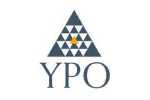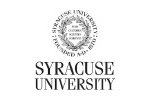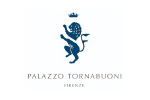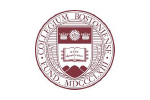


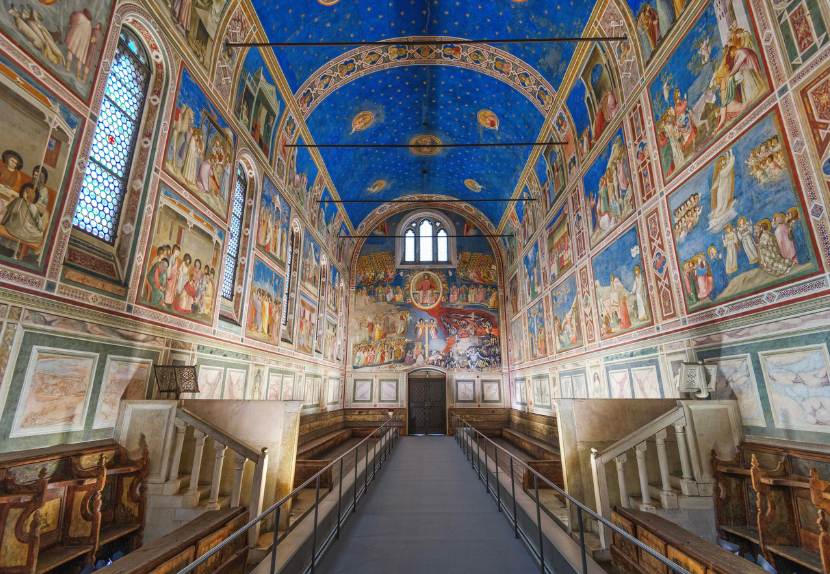
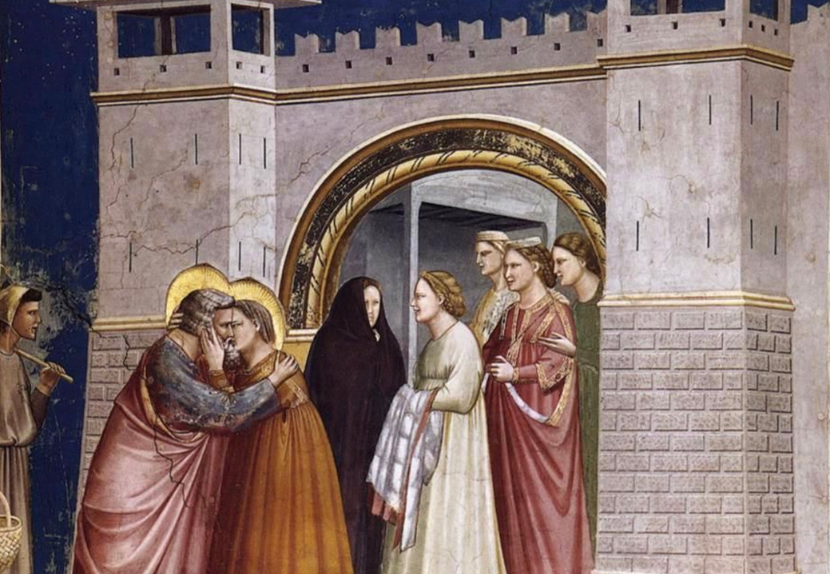

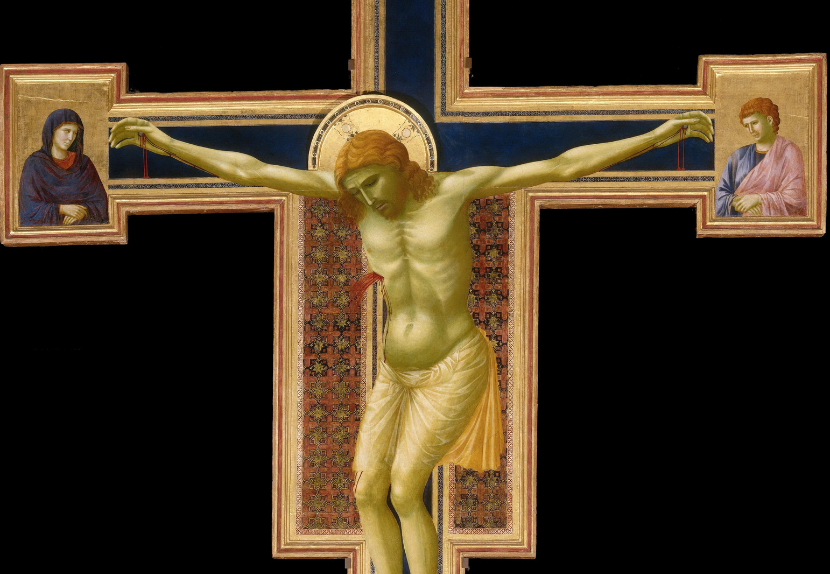
ONLINE ART HISTORY COURSE
“Giotto: The Most Excellent Painter” Part I
LIVE ART HISTORY COURSE with Dr. Rocky Ruggiero
Dates & Times:
Mondays & Wednesdays
Part 1: December 2, 4, 9, 11, 16 and 18, 2024
11:30am – 12:45pm ET | 8:30 – 9:45am PT |
4:30 – 5:45pm London
ONLINE ART HISTORY COURSE
“Giotto: The Most Excellent Painter” Part I
Course Description:
Few artists in history have had an impact on their fields the way Giotto did in the 14th century.
Giorgio Vasari claimed “For after the many years during which the methods…of good painting had been buried…it was Giotto alone who…rescued and restored the art…” After nearly a millennium in which Byzantine-style pictorial forms dominated western art, Giotto, like his teacher Cimabue before him, turned to Nature as his guide. Giotto introduced convincing 3-dimesional settings, movement, drama, emotion, psychology and sculptural modeling to a world of painting that was by dominated by flat, abstract icons. Simply put, Giotto revolutionized painting. His innovations became the foundation of Western painting for centuries to come. The influence of Giotto can be seen in the works of artists such as Donatello, Masaccio, Leonardo da Vinci, Michelangelo, Raphael, Caravaggio, all the way up to Picasso, Rothko and Frank Stella. Giotto was, in the words of a 14th-century contemporary, the merchant Giovanni Villani, “the most sovereign master of painting in his time.”
Course Objectives:
Virtual Classroom: Full access to an online educational platform with videos of recordings, syllabus, and readings.
Credits: Certificate of Completion
Location: LIVE INTERACTIVE ON-LINE ART HISTORY LECTURES
Optional Readings:
Information will be provided 2 weeks before the start of the course.
Complete syllabus will be provided upon registration.
Part 1
Monday, December 2:“Cimabue held the field…”
In Canto XII of Purgatory, Dante’s character Oderisi clams
In painting Cimabue thought he held the field
but now it’s Giotto has the cry,
so that the other’s fame is dimmed.
The late 13th-century painter Cimabue is generally considered the first to attempt, but not wholly succeeded in breaking with the Byzantine style. He is also traditionally considered Giotto’s master. This lecture will explore the artistic oeuvre of Cimabue and his relationship to Giotto.

Wednesday, December 4: The Scrovegni Chapel 1
Giotto’s 14th-century fresco cycle in the Scrovegni Chapel in Padua, Italy, is one of the defining decorative complexes in Western Art. This lecture will explore the history, patronage and overall decorative program of the chapel.

Monday, December 9: The Scrovegni Chapel 2
In his Scrovegni Chapel frescoes, Giotto transforms iconic and sacred subjects – the “Lives of the Virgin Mary and Christ” – into a very human story – or what I like to call the “visual vernacular”. His paintings are full of expressive character types, landscapes, color and complex visual arrangements. This lecture will look specifically at the scenes depicting the “Life of the Virgin Mary and Childhood and Mission of Christ,” and how Giotto is able to tell a visual narrative that reads very much like a modern motion picture.

Wednesday, December 11: The Scrovegni Chapel 3
This lecture will examine the final series of scenes in the Scrovegni Chapel depicting the “Passion of Christ.” Giotto is able to evoke sounds and smells, emotions and expectations, humor and terror, suspense and surprise. Among these scenes are the “Kiss of Judas” and the “Lamentation” which are celebrated as two of the most powerful and compelling paintings in the history of art.

Monday, December 16: The Crucifixes
Throughout his career, Giotto painted as many as five “Crucifixes” on shaped panels. Three of the “Crucifixes” are in Florence, and the earliest of these sat on the rood screen in the Dominican church of Santa Maria Novella. The two remaining “Crucifixes” are in Padua and Rimini and are not accepted by all as being works by Giotto. This lecture will examine all of the “Crucifixes” associated with Giotto, how they fit into the artist’s oeuvre and how they would influence later interpretations of the subject.
Wednesday, December 18: “Giotto, Non-Giotto” – The Assisi Question
Vasari’s attribution of the “Life of St. Francis” frescoes in the Upper Basilica of San Francesco in Assisi to Giotto remained relatively unchallenged until 1937, when a major exhibition on the painter took place in Florence to commemorate the 6th centennial of his death. The exhibition inspired an art historian to publish an article entitled “Giotto, Non-Giotto” in 1939 posing doubts about Giotto’s authorship and igniting a controversy about the frescoes that has endured for nearly a century.






